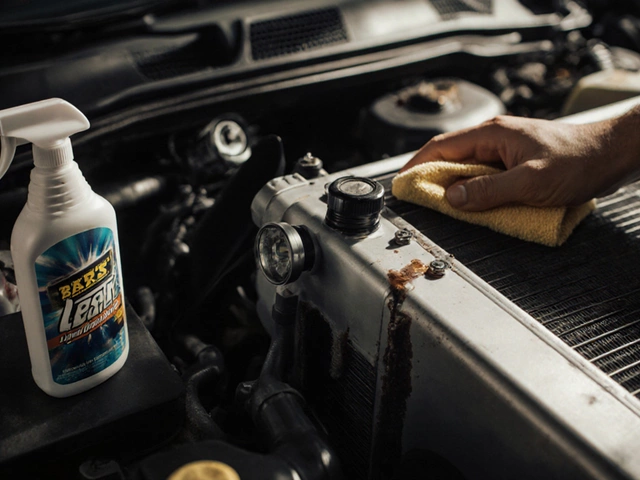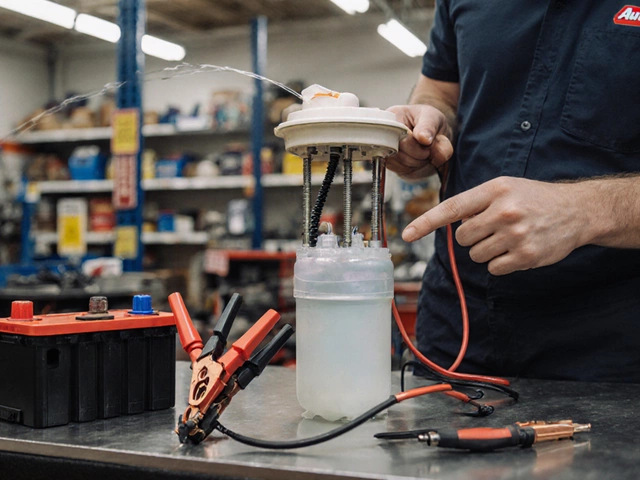Low mileage oil change: why it matters and how to do it right
When working with low mileage oil change, changing the oil before the usual mileage milestone—often under 5,000 miles—to keep a new or lightly used engine fresh. Also known as short‑interval oil change, it prevents early sludge, reduces wear, and gives you peace of mind during the break‑in period.
The core of any oil change is the engine oil, the lubricant that reduces friction between moving parts. Its viscosity, usually expressed as a pair of numbers like 5W‑30, tells you how thick the oil is at cold start and operating temperature. For low mileage swaps, a slightly thinner oil (e.g., 0W‑20) can reach tight engine clearances faster, ensuring every bearing gets proper coating right away.
Equally important is the oil filter, the component that traps particles and metal shavings before they circulate. A high‑efficiency filter paired with fresh oil gives the engine a clean start and helps you spot early wear signs—if the filter looks black and gritty after just a few hundred miles, you’ve caught a problem before it becomes costly.
How often should you change?
Most manufacturers suggest a 7,500‑mile interval for modern synthetic blends, but low mileage oil changes often aim for 3,000 miles or even 1,000 miles for brand‑new cars. The rule of thumb: if you drive short trips that never let the engine hit full temperature, swap the oil sooner. This oil change interval practice reduces moisture buildup and keeps the oil’s additive package active during the critical break‑in phase.
When you plan a low mileage change, check three basics: use the right oil viscosity for your climate, install a premium filter, and record the exact mileage. Those data points let you compare future changes and see if the engine is staying clean. Over time you’ll notice whether the oil stays amber longer or darkens quickly—both are clues about engine health.
Beyond the basics, many drivers wonder if there’s any downside. The biggest cost is the extra labor or time, but the savings come from avoiding premature wear, extended warranty coverage, and fewer trips to the shop. If you ever hear a ticking noise or notice a dip in fuel economy before hitting the normal service mark, a low mileage oil change is a quick, cheap diagnostic step.
Below you’ll find a curated list of articles that dive deeper into related topics—suspension checks, brake rotor warnings, exhaust upgrades, radiator replacements, and more. Each piece ties back to the idea that early maintenance, whether it’s oil, brakes, or cooling, gives you a smoother, safer ride. Scroll on to explore practical tips, step‑by‑step guides, and real‑world cost breakdowns that complement your low mileage oil‑change strategy.

Can You Skip Oil Changes? Changing Oil Once a Year with Low Mileage Explained
Learn if an annual oil change is safe for low‑mileage cars, how oil type, driving conditions, and filter replacement affect the decision, and get a step‑by‑step checklist.
CONTINUE READING








